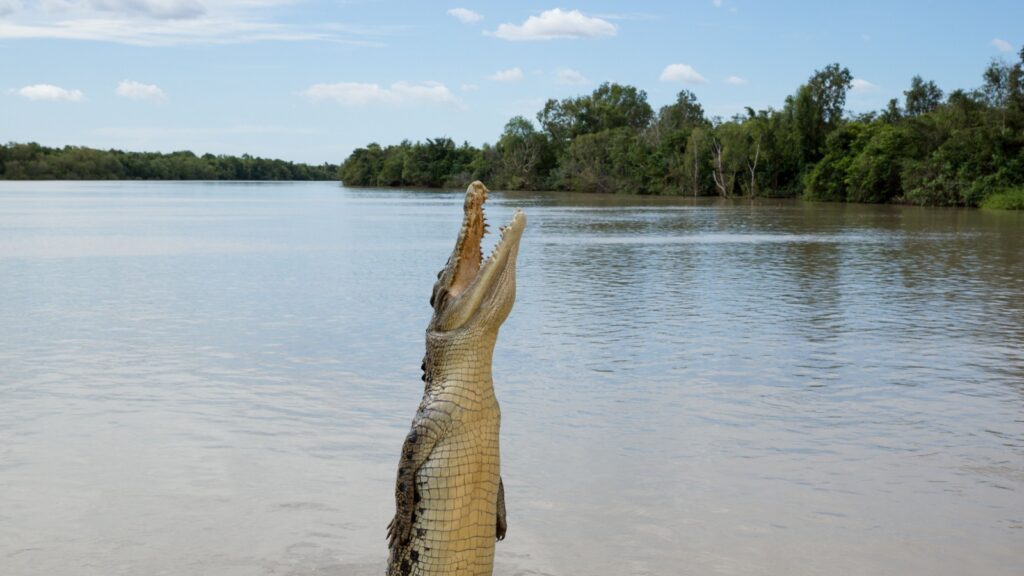Saltwater crocodiles, often called “Salties,” are the largest and one of the most formidable predators on Earth. These ancient reptiles are not just impressive because of their size, but also due to their unique adaptations that allow them to thrive in harsh environments. Understanding these creatures opens up a world of fascinating and sometimes surprising facts that might reshape the way you perceive them.
From their immense strength to their strategic hunting techniques, saltwater crocodiles exhibit behaviors and characteristics that are both captivating and essential for their survival.
1. Largest Living Reptile
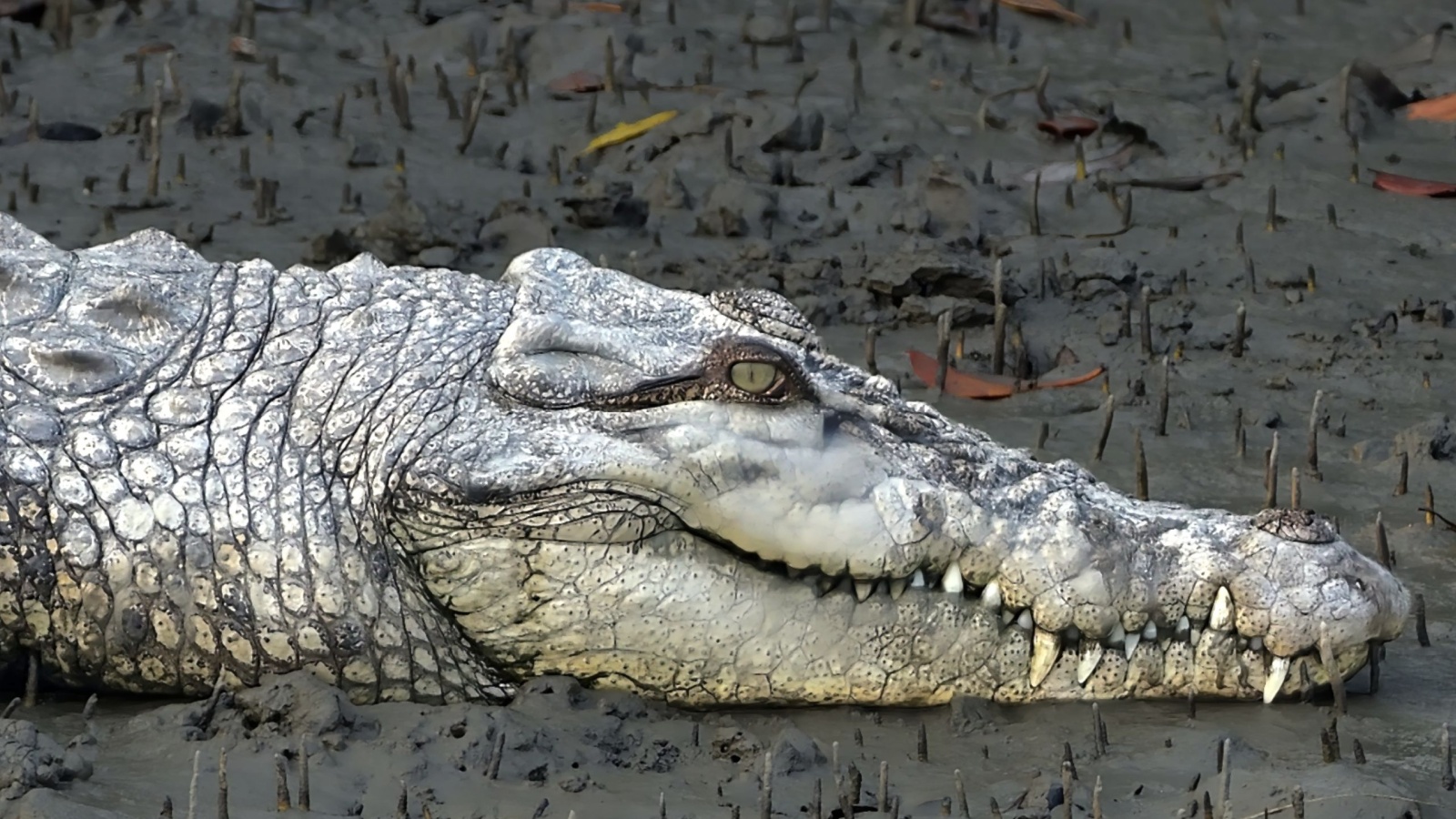
Saltwater crocodiles are the largest living reptiles on Earth. Males can reach lengths of up to 23 feet and weigh over 2,200 pounds. Females are smaller, generally growing to about 10 feet in length. These impressive sizes make saltwater crocodiles formidable creatures in their habitats. You’ll often find them in regions ranging from India and Asia to northern Australia.
2. Can Live Up to 70 Years
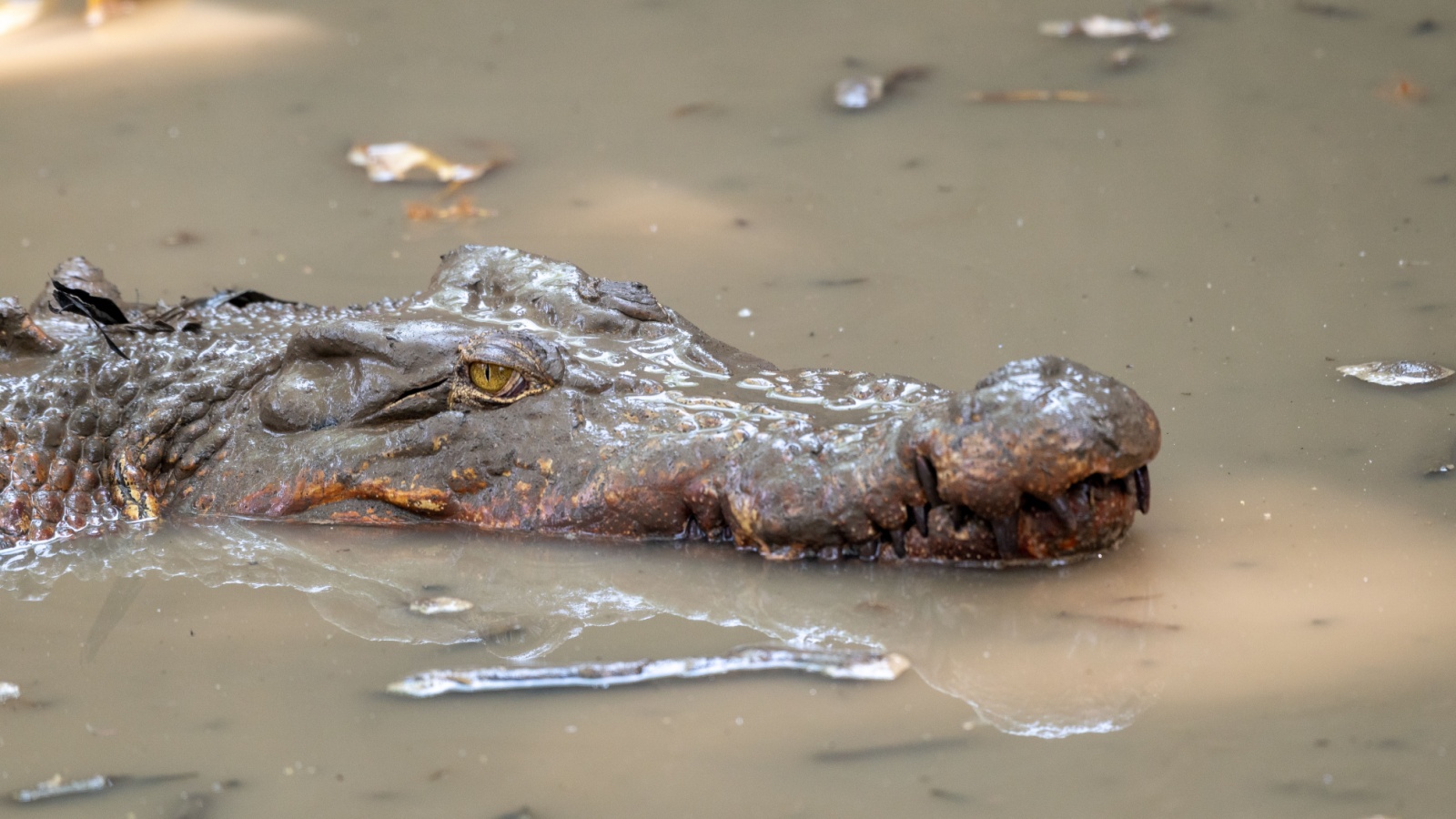
Saltwater crocodiles can live for an impressive 70 years, making them some of the longest-living reptiles on Earth. Some individuals have even been known to surpass this age under the right conditions.
Reaching such an age requires a relatively safe and stable habitat. If conditions remain favorable, these powerful reptiles can continue to thrive for decades.
3. Powerful Bite Force
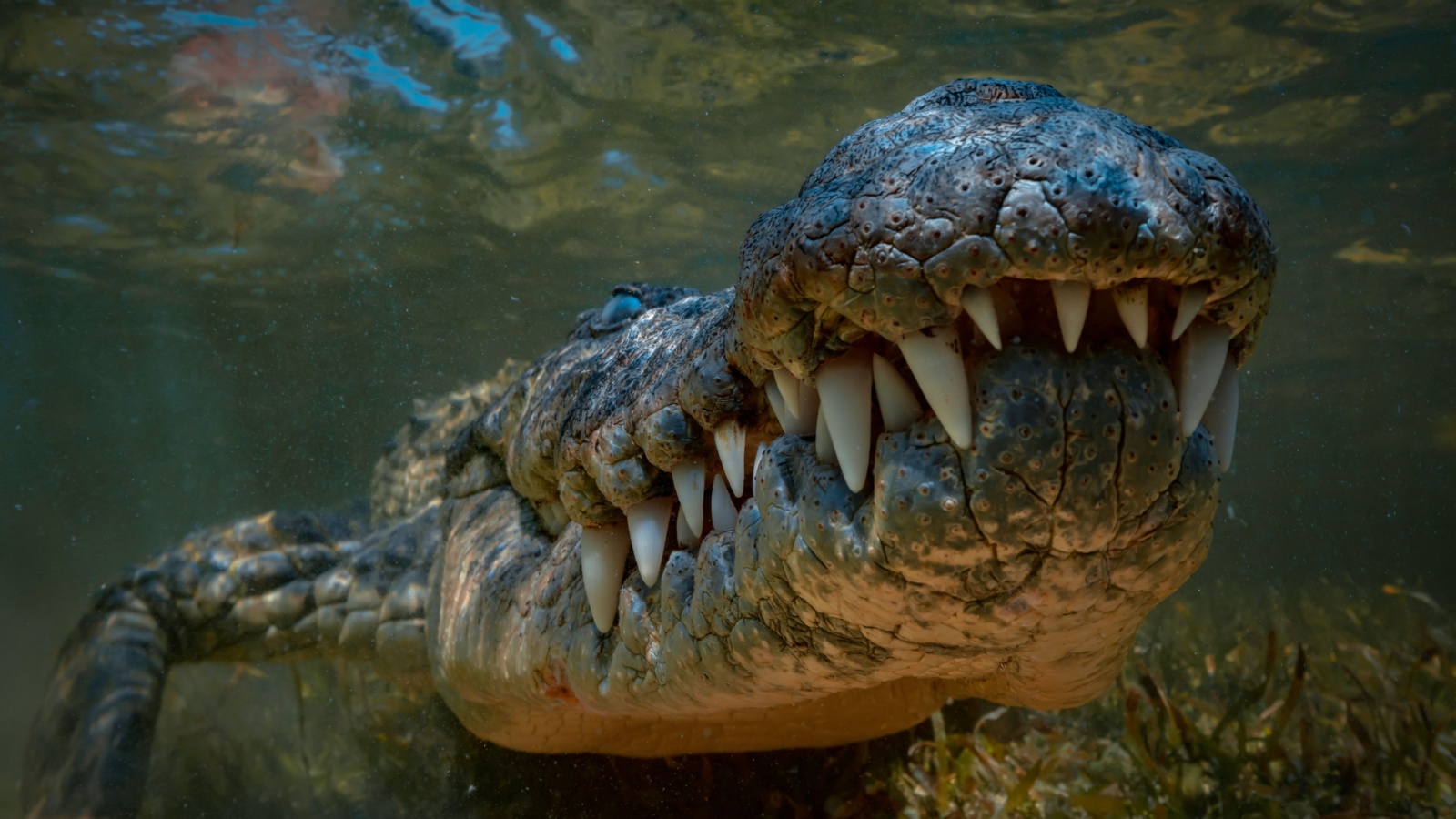
Saltwater crocodiles possess one of the strongest bite forces recorded among living animals. They can slam their jaws shut with a force of around 3,700 pounds per square inch.
In comparison, a human might tear into food with a bite force of 150 to 200 pounds per square inch. This incredible strength allows these predators to crush bones and capture prey with ease.
4. Can Swim Long Distances
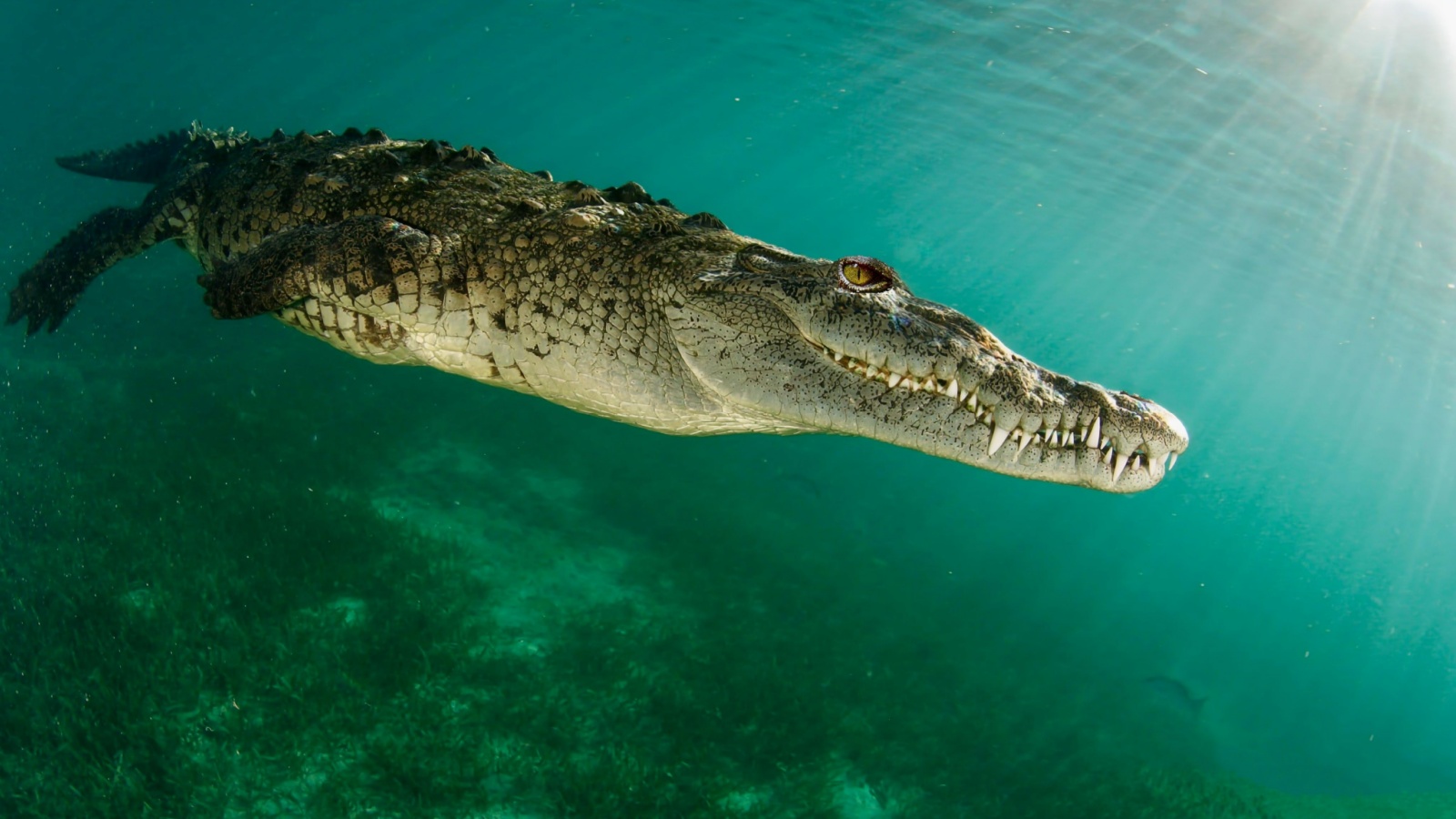
Saltwater crocodiles can travel impressive distances in the ocean. They use currents to help them move efficiently. When the tide is in their favor, they swim along with it.
If the tide is against them, they dive deeper or rest until they can continue. This allows them to cover hundreds of miles without exhausting themselves. Their surfing ability helps them move between islands and expand their territory.
5. Excellent Night Vision
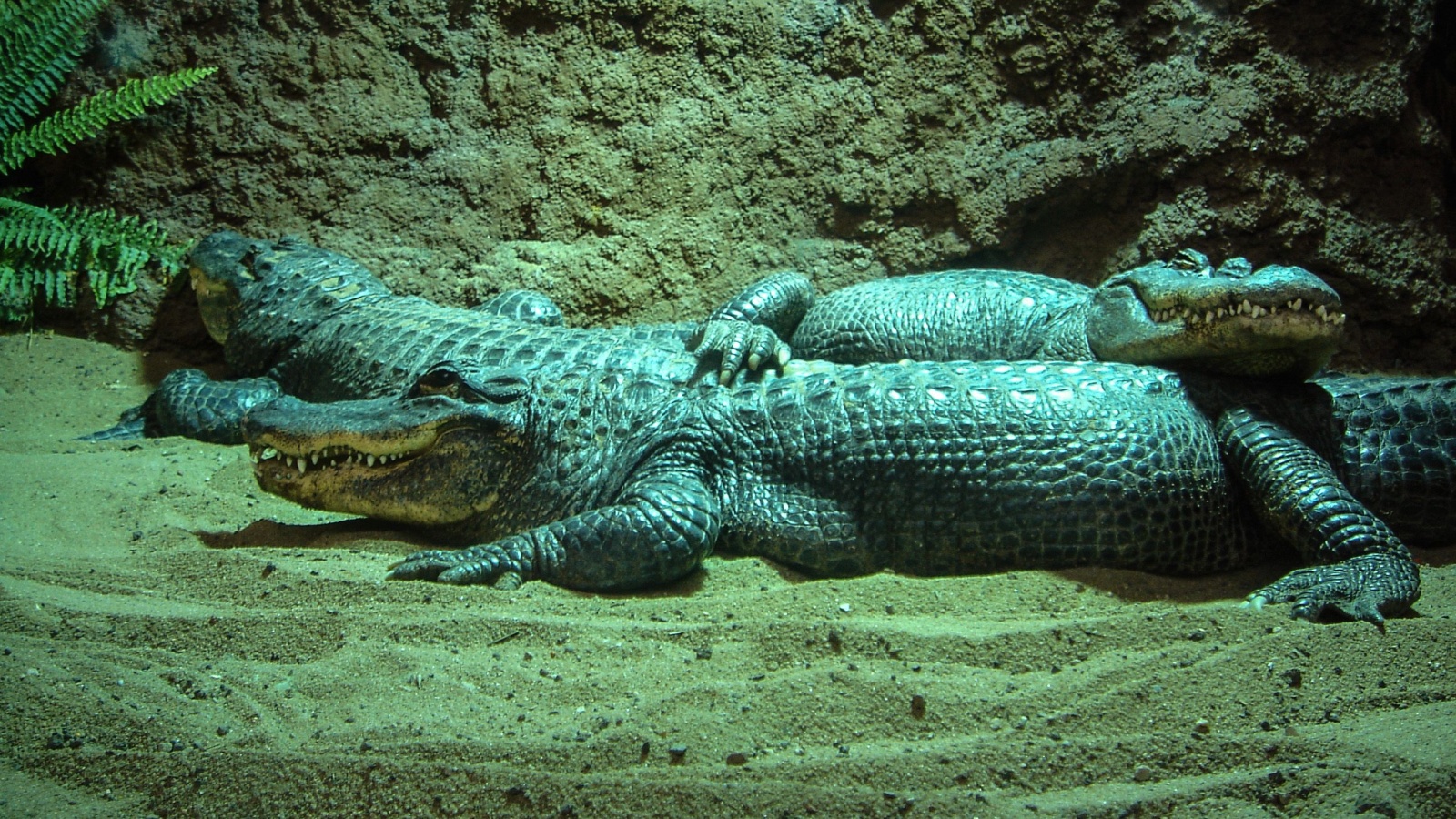
Saltwater crocodiles have exceptional night vision, making them formidable nocturnal hunters. Their eyes are specially adapted to see in low light conditions. This adaptation allows them to detect prey even in complete darkness.
Their pupils have a vertical slit shape, which opens wide at night. This shape lets in more light and improves their ability to see. This night vision capability is essential for their survival and hunting efficiency.
6. Ambush Predators
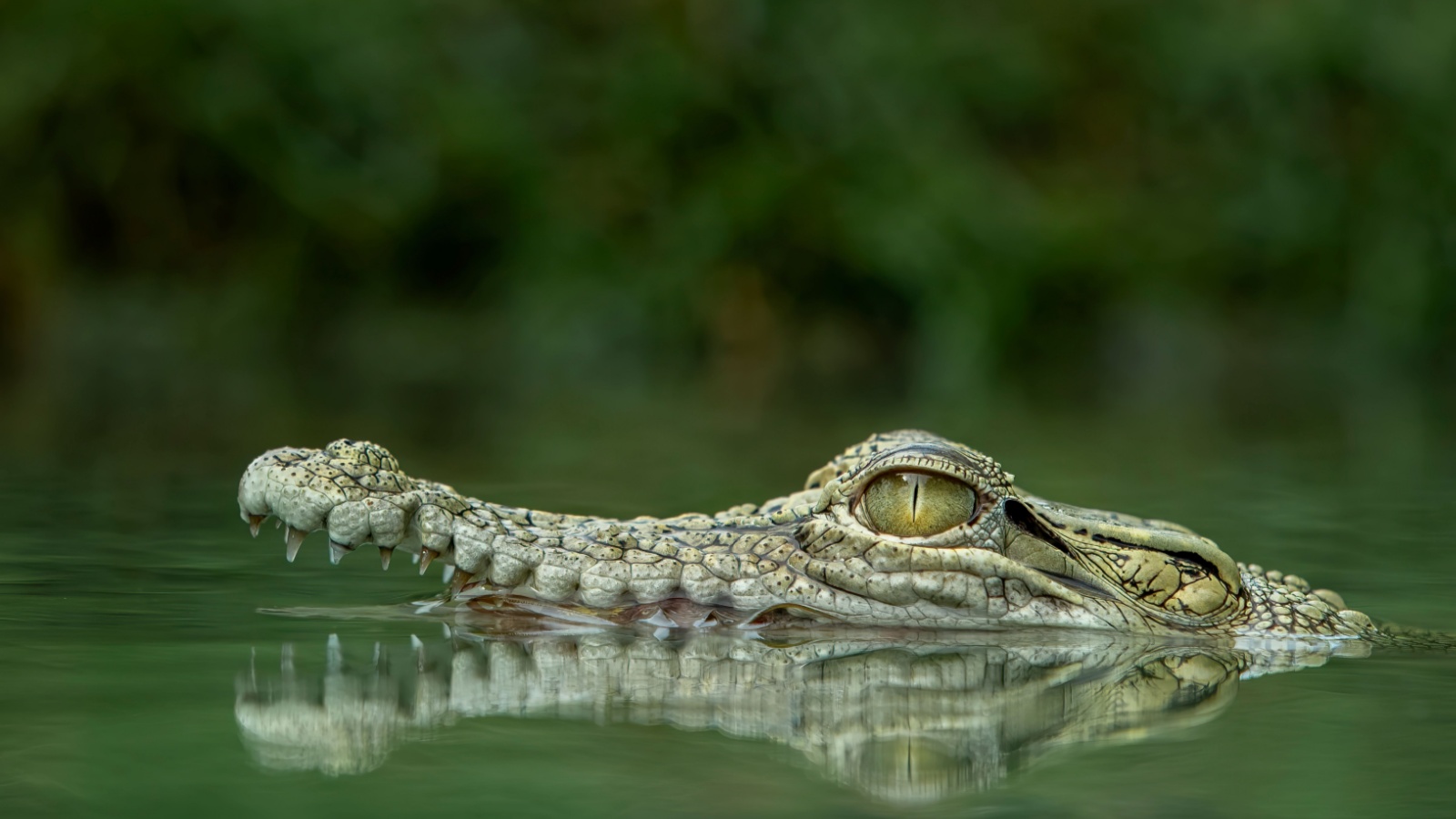
Saltwater crocodiles are patient hunters, they often wait silently near the water’s edge. They can remain still for hours or even days.
Prey for these apex predators includes animals as large as water buffalo, and they can also target sharks.
Saltwater crocodiles silently approach underwater, then they suddenly erupt up and outward to attack.
This ambush strategy makes them effective and deadly hunters.
7. Can Hold Breath Underwater For Over an Hour
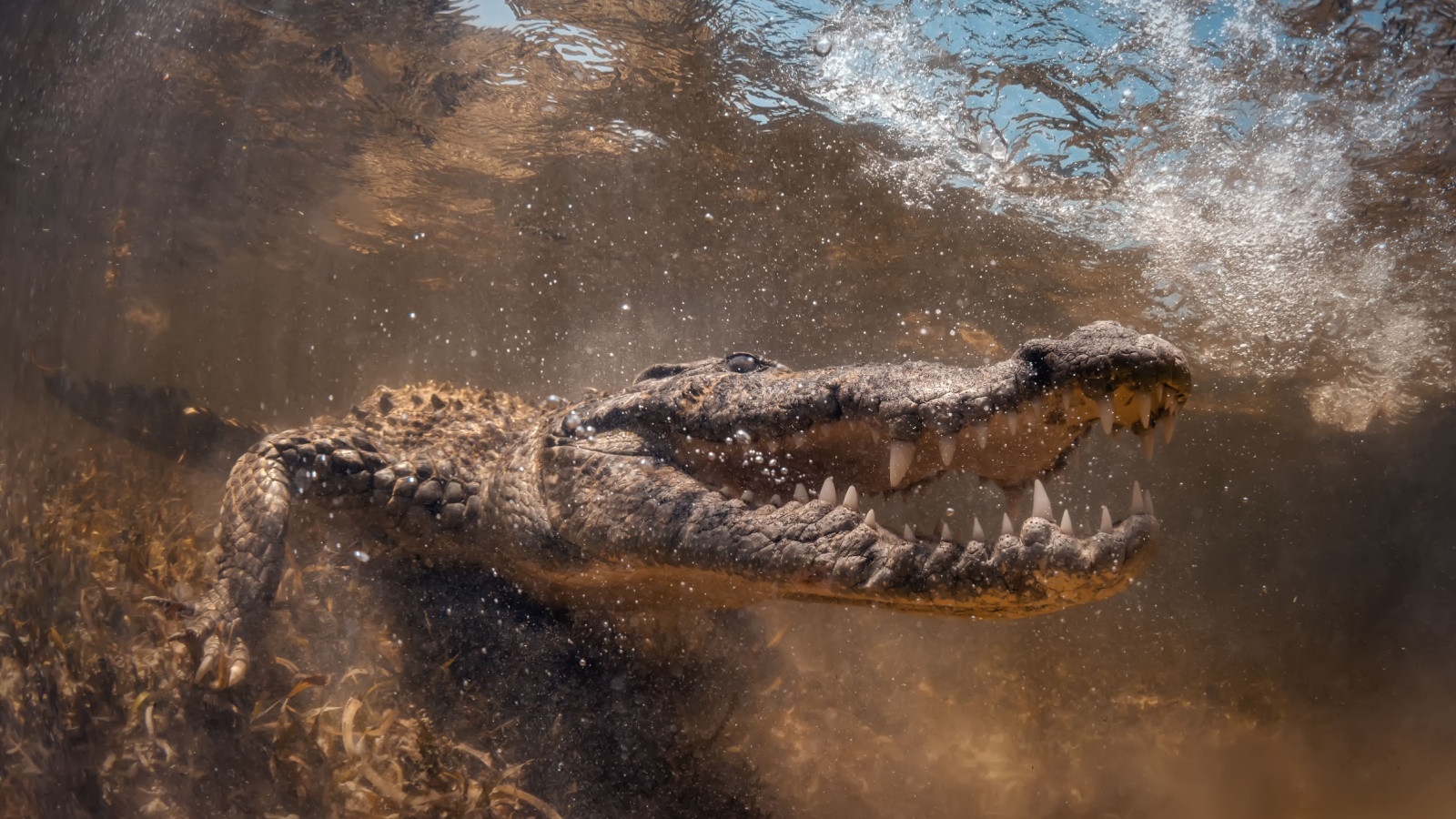
Saltwater crocodiles have an amazing ability to hold their breath underwater for more than an hour.
They slow their heart rate to just 2-3 beats per minute to conserve oxygen.
This helps them hunt or hide efficiently under the water surface.
8. Communicate Through Vocalizations
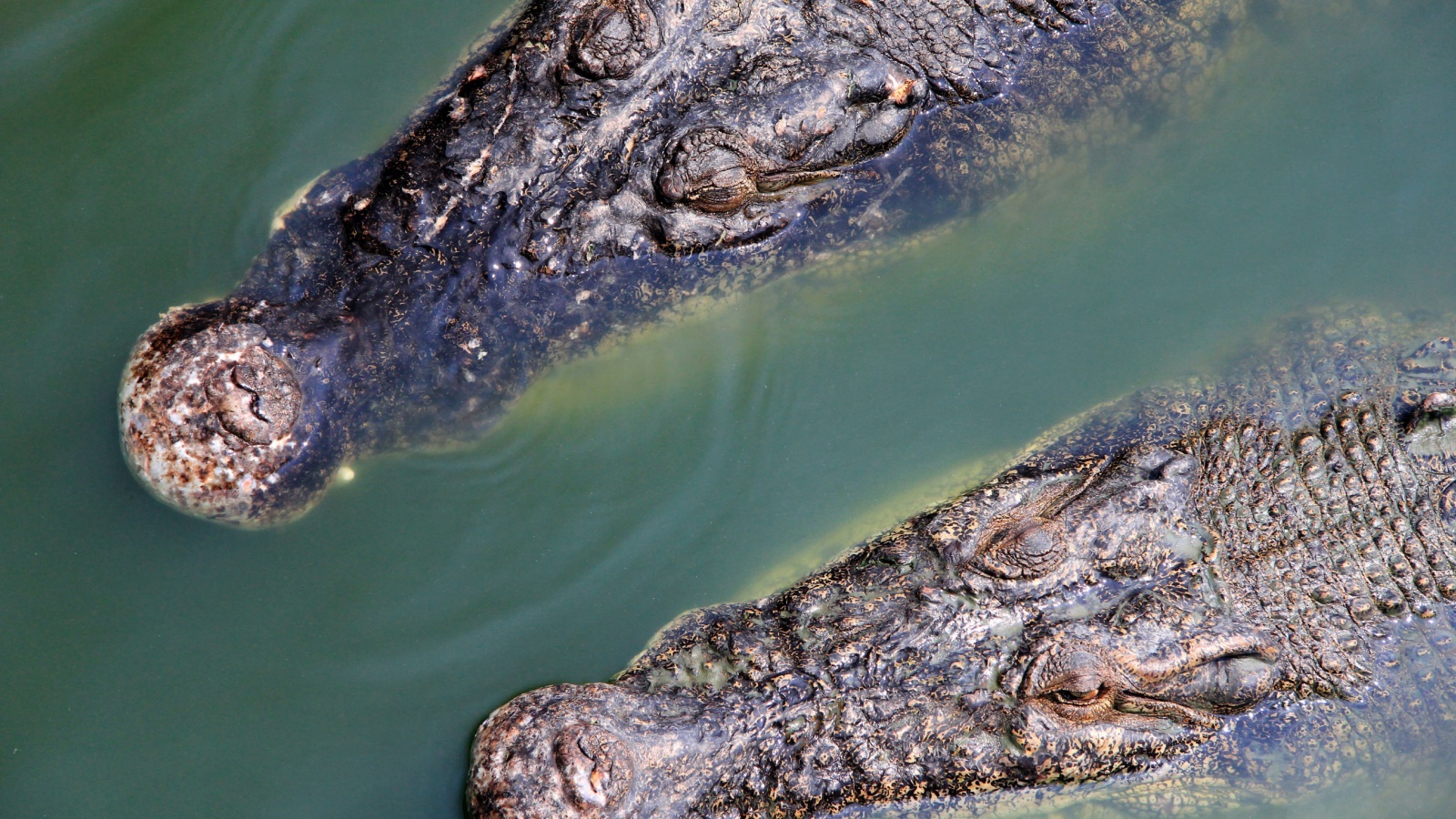
Saltwater crocodiles are known for their unique sounds. They use a variety of vocalizations, such as growls, hisses, and roars, to communicate. These sounds can signal different things like warnings, mating calls, or even social interactions.
Baby crocodiles chirp to call for their mother’s help. Adults often make hissing sounds to establish their territory or ward off threats.
9. Found In Southeast Asia and Australia
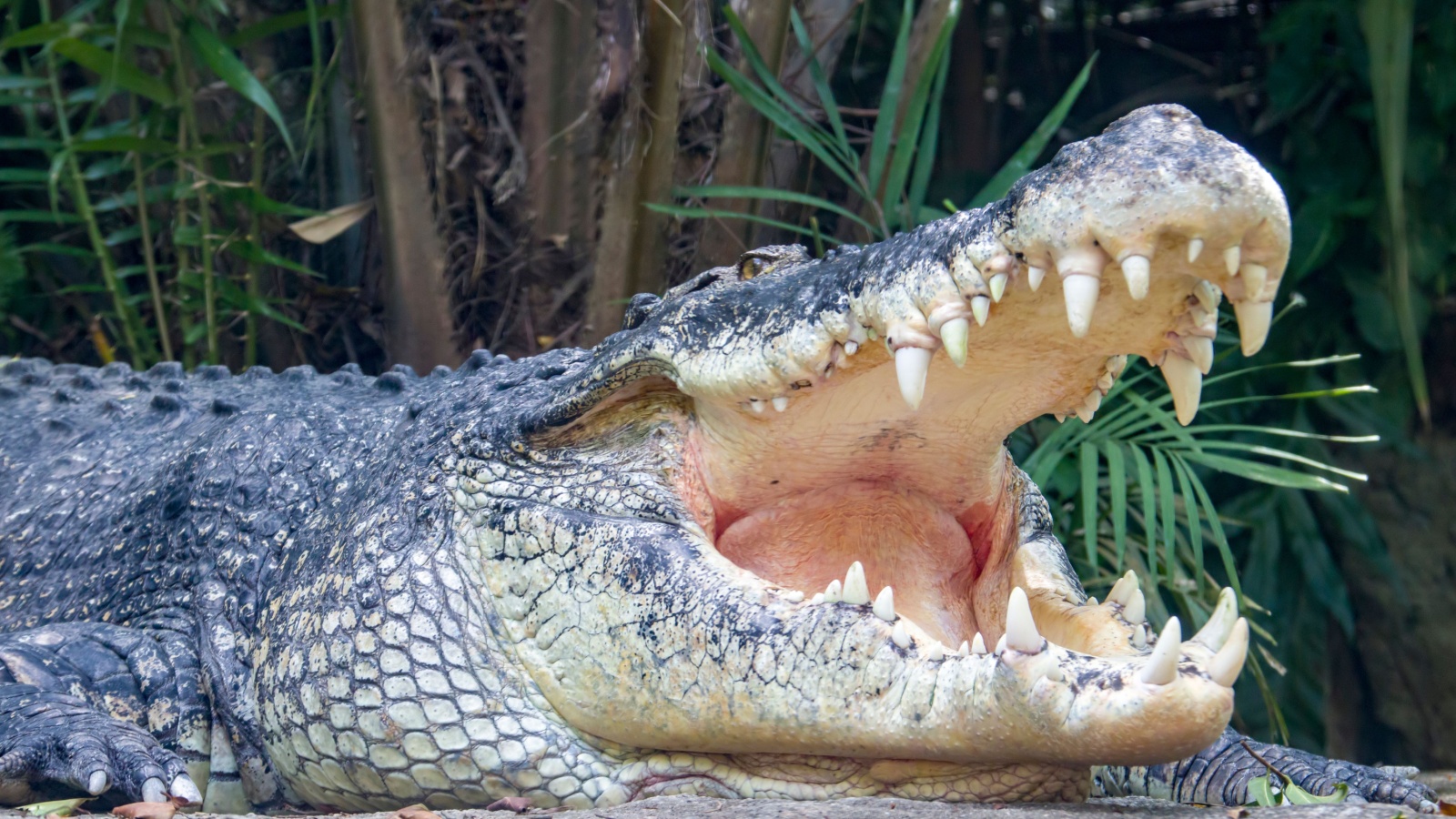
You can find saltwater crocodiles in various regions from eastern India to northern Australia. They inhabit saltwater habitats, brackish wetlands, and freshwater rivers.
These crocodiles are well-adapted to these environments, making them highly versatile. Countries such as Indonesia, Thailand, and the Philippines are also home to these impressive reptiles.
10. Carnivorous Diet
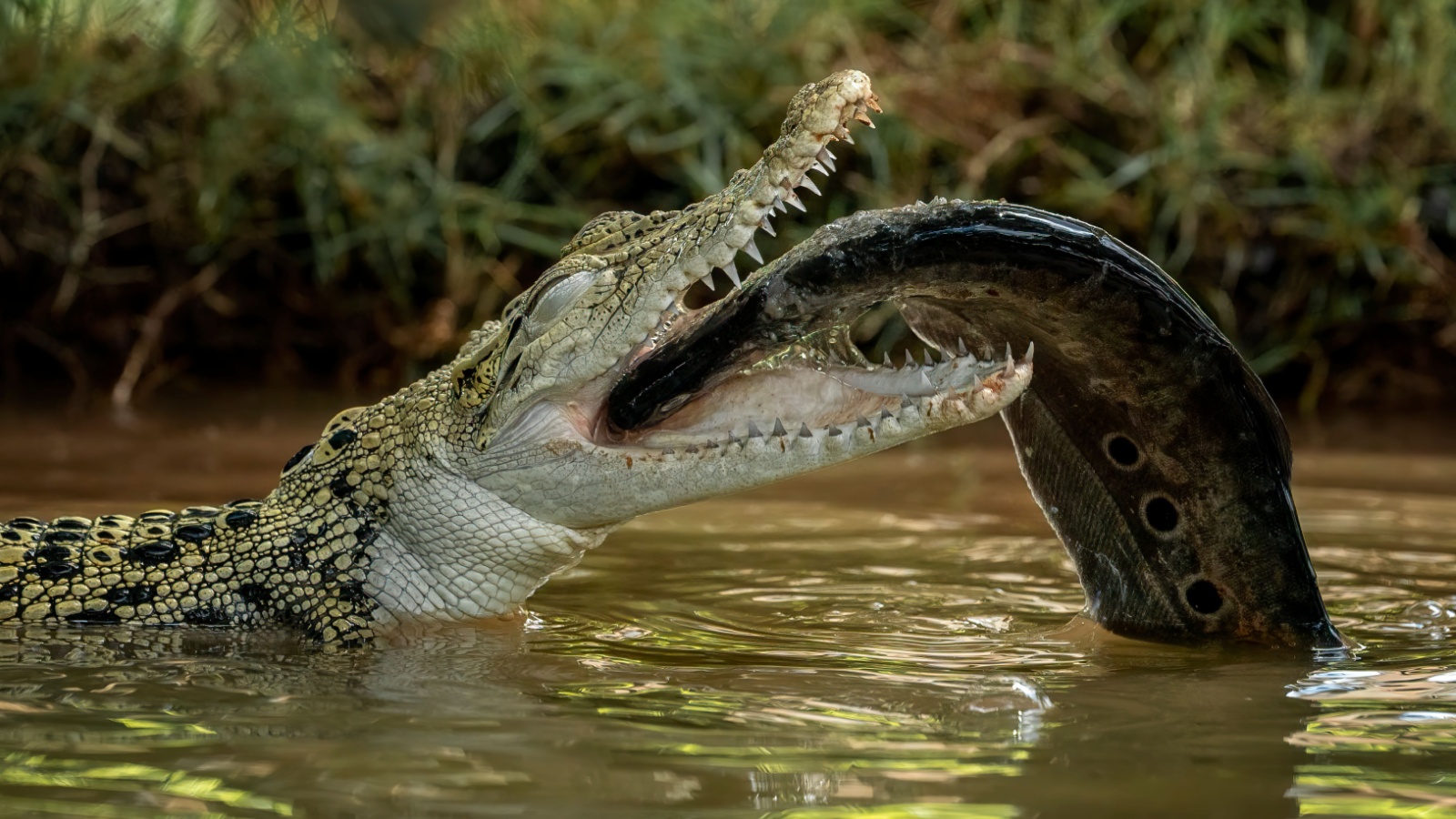
You might find it fascinating that saltwater crocodiles are pure carnivores. These reptiles aren’t picky and will eat almost anything that moves.
Young crocodiles start off eating small prey like insects and small fish. As they grow, their diet expands to include larger animals.
Adult saltwater crocodiles can take down prey as big as wild boars, water buffaloes, and even sharks. These powerful predators rely on their strong jaws to catch and subdue their food.
Saltwater crocodiles also eat crustaceans, mollusks, and occasionally other reptiles like sea snakes and lizards. This diverse diet helps them to survive in various habitats, from mangrove swamps to open sea waters.
11. Gender Determined By Incubation Temperature

In saltwater crocodiles, the gender of the hatchlings isn’t determined by genetics alone. Rather, it is influenced by the temperature during egg incubation.
If the temperature is below 30 degrees Celsius, the hatchlings will be female. If it’s above 32 degrees Celsius, they will be male.
Eggs incubated in temperatures between these points can produce a mix of male and female hatchlings.
12. Females Guard Nests
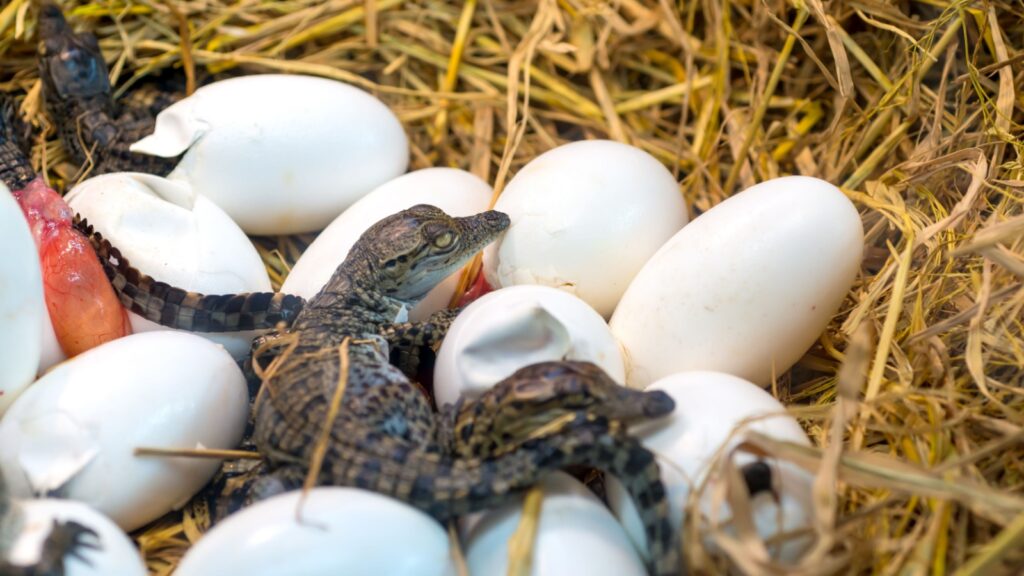
Female saltwater crocodiles are fiercely protective of their nests. After laying 40-60 eggs, the female covers the entrance with leaves and debris. The incubation period lasts for 80 to 98 days.
During this time, the female stays close by, ensuring the safety of her future hatchlings. She defends the nest against potential predators. This maternal behavior helps increase the survival chances of her young.
13. Aggressive Territorial Behavior
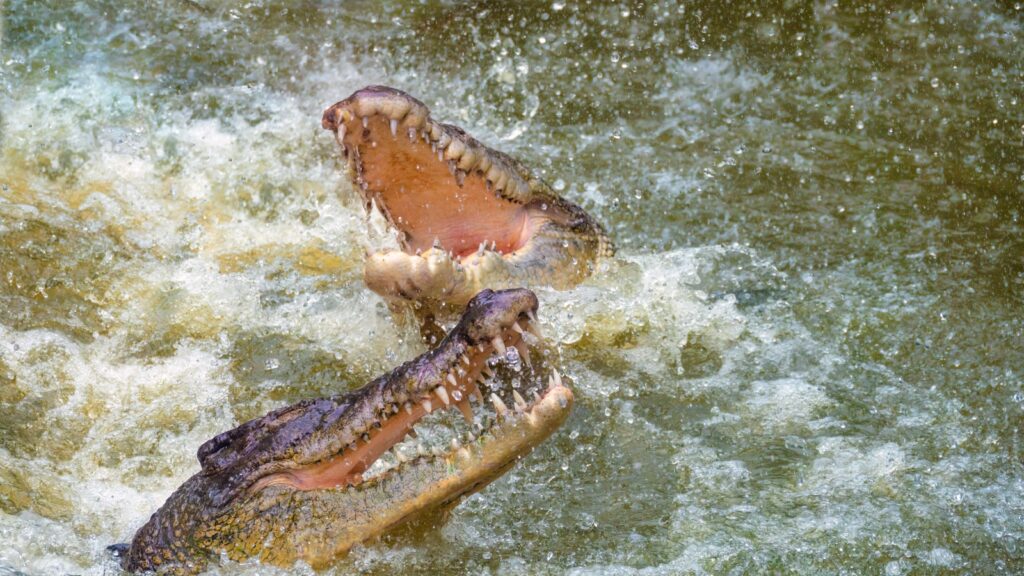
Saltwater crocodiles exhibit highly aggressive territorial behavior. Males in particular defend their territory fiercely.
They don’t hesitate to attack if they feel their space is being invaded. These crocs are known to patrol their areas and even remember the boundaries of their territory.
Their aggression isn’t just a defensive tactic; it’s essential for maintaining dominance and access to resources.
14. Can Leap Out of Water
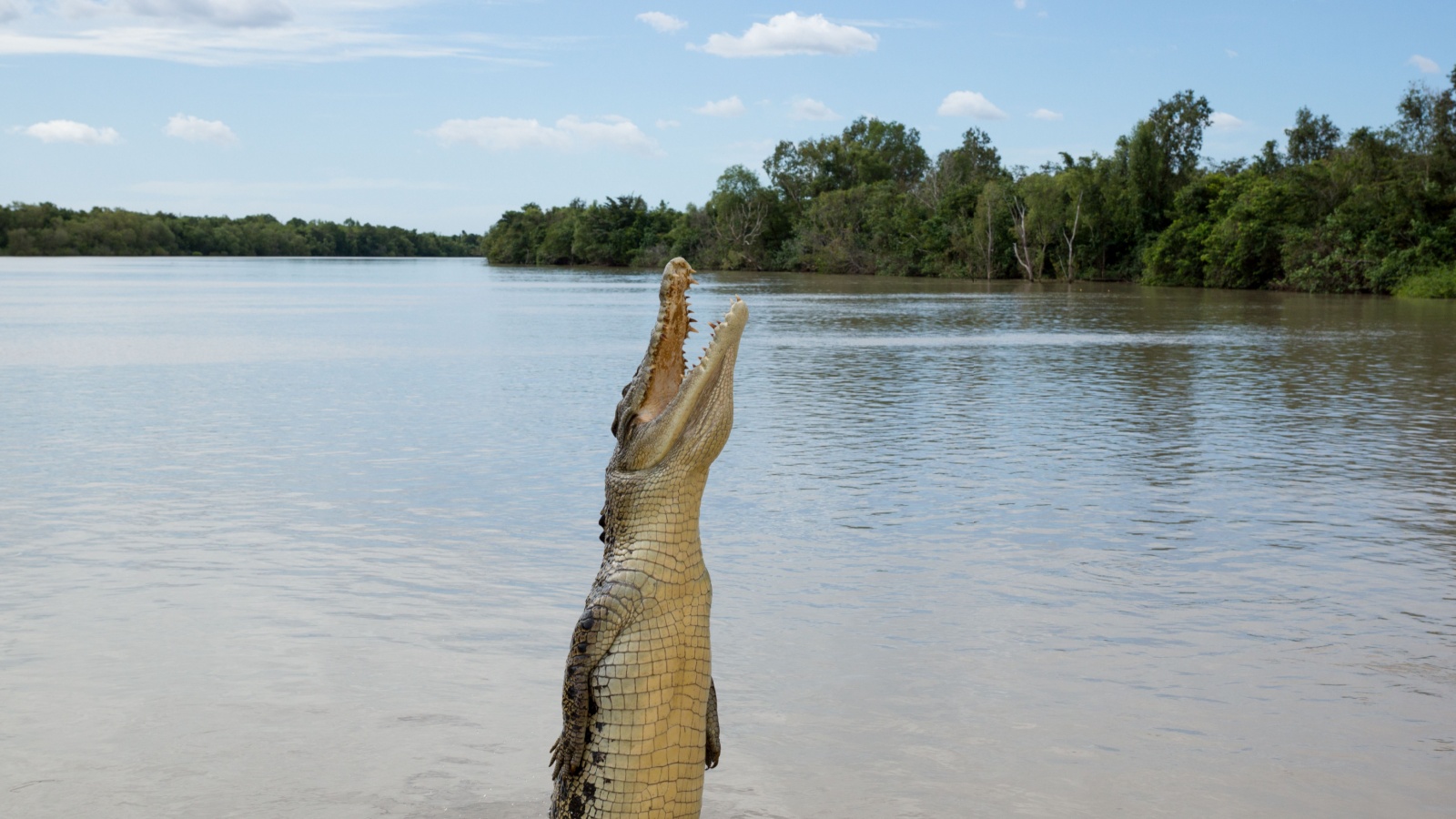
Saltwater crocodiles have an impressive ability to leap out of the water. They can launch themselves vertically from a stationary position. You might see them rising several feet into the air.
Crocodiles use their powerful tail muscles to push off the ground. This gives them a sudden burst of speed and strength. They do this often while hunting at the water’s edge.
15. Leather Used For Luxury Goods
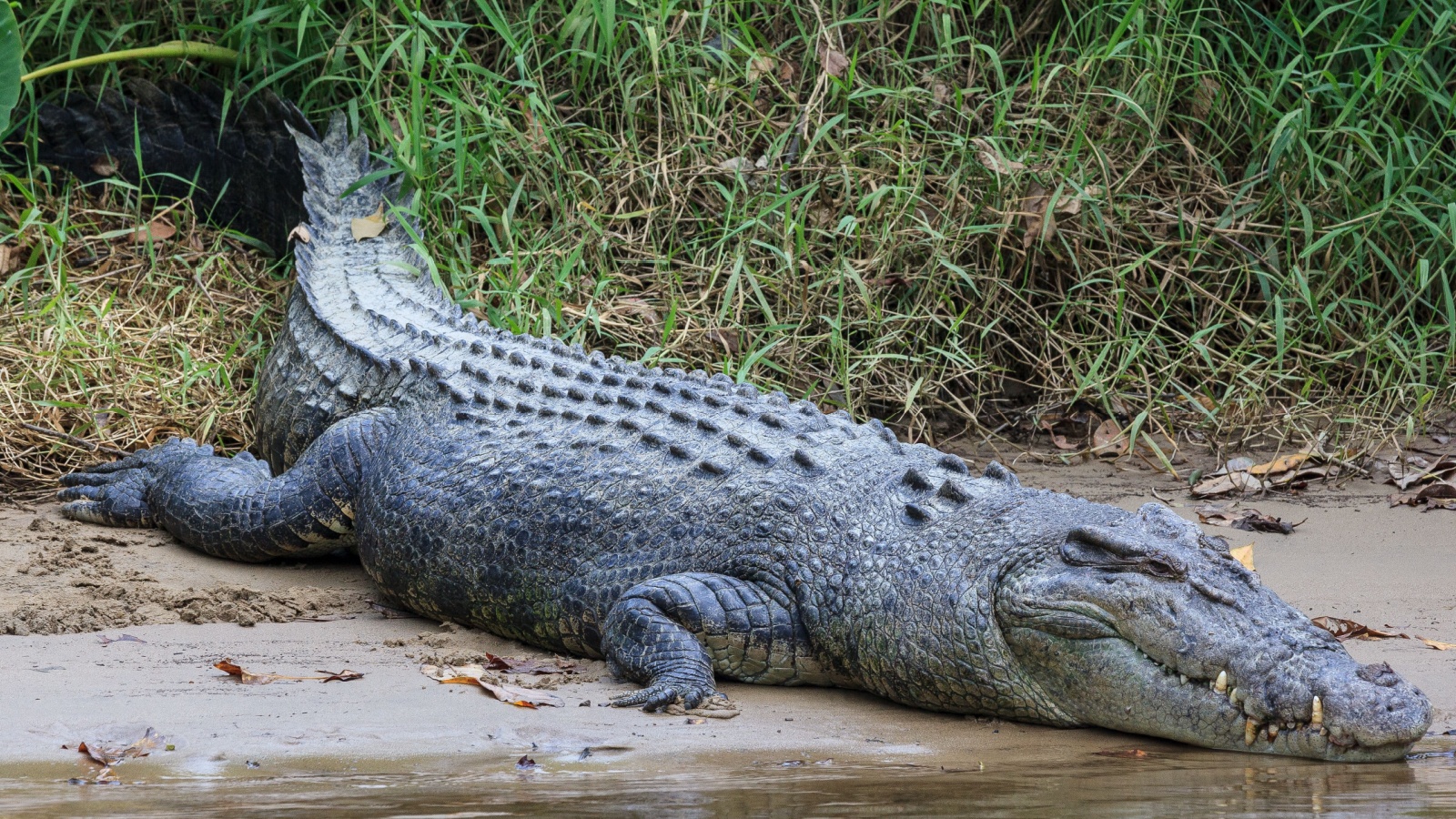
Crocodile leather is highly prized in the luxury goods market.
The unique texture and durability make it a favorite for high-end products like bags, shoes, and wallets. Luxury brands often use it to create exclusive, refined items.
The farming of crocodiles for leather is a significant industry. Farms breed and raise crocodiles specifically for their skins. This leather’s rarity and the time it takes to produce make it exceptionally valuable.
16. Protected By Law In Many Countries
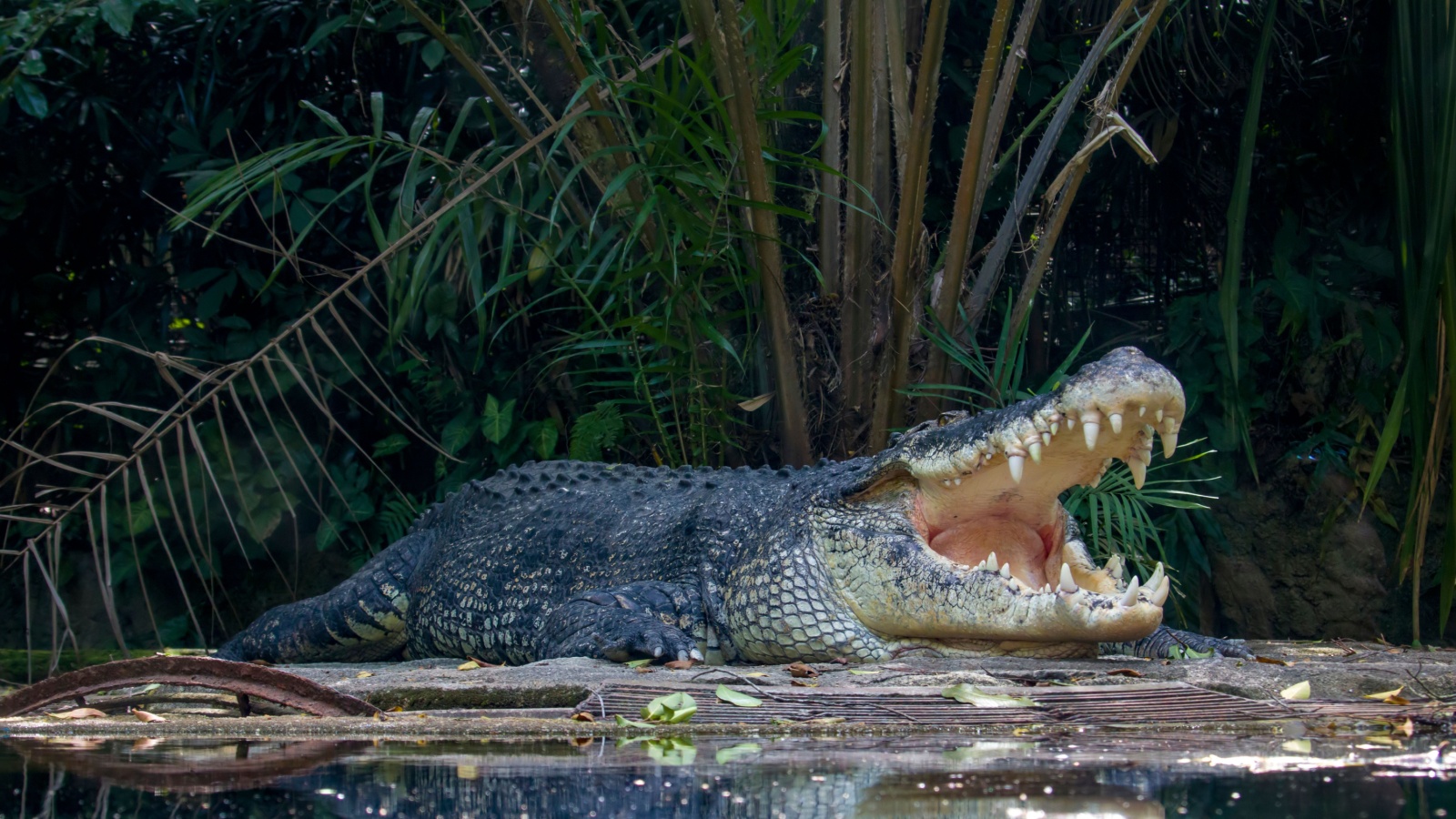
Saltwater crocodiles are protected by law in many countries to ensure their survival. In countries like Australia and India, strict regulations prevent hunting and harming these creatures.
These laws have helped populations recover from near-extinction levels experienced in the mid-20th century due to excessive hunting. Efforts include creating sanctuaries and implementing penalties for illegal activities.
Protective laws are crucial for balancing crocodile conservation with human safety needs. Laws help maintain ecosystems where saltwater crocodiles play a vital role.
17. Have Excellent Memory

Saltwater crocodiles have a remarkable memory. They can remember the locations of watering holes during dry seasons and are known to show territorial fidelity.
Their ability to recall where prey is likely to appear helps them in hunting. This impressive memory contributes to their success as apex predators.
18. Saltwater Tolerant Glands
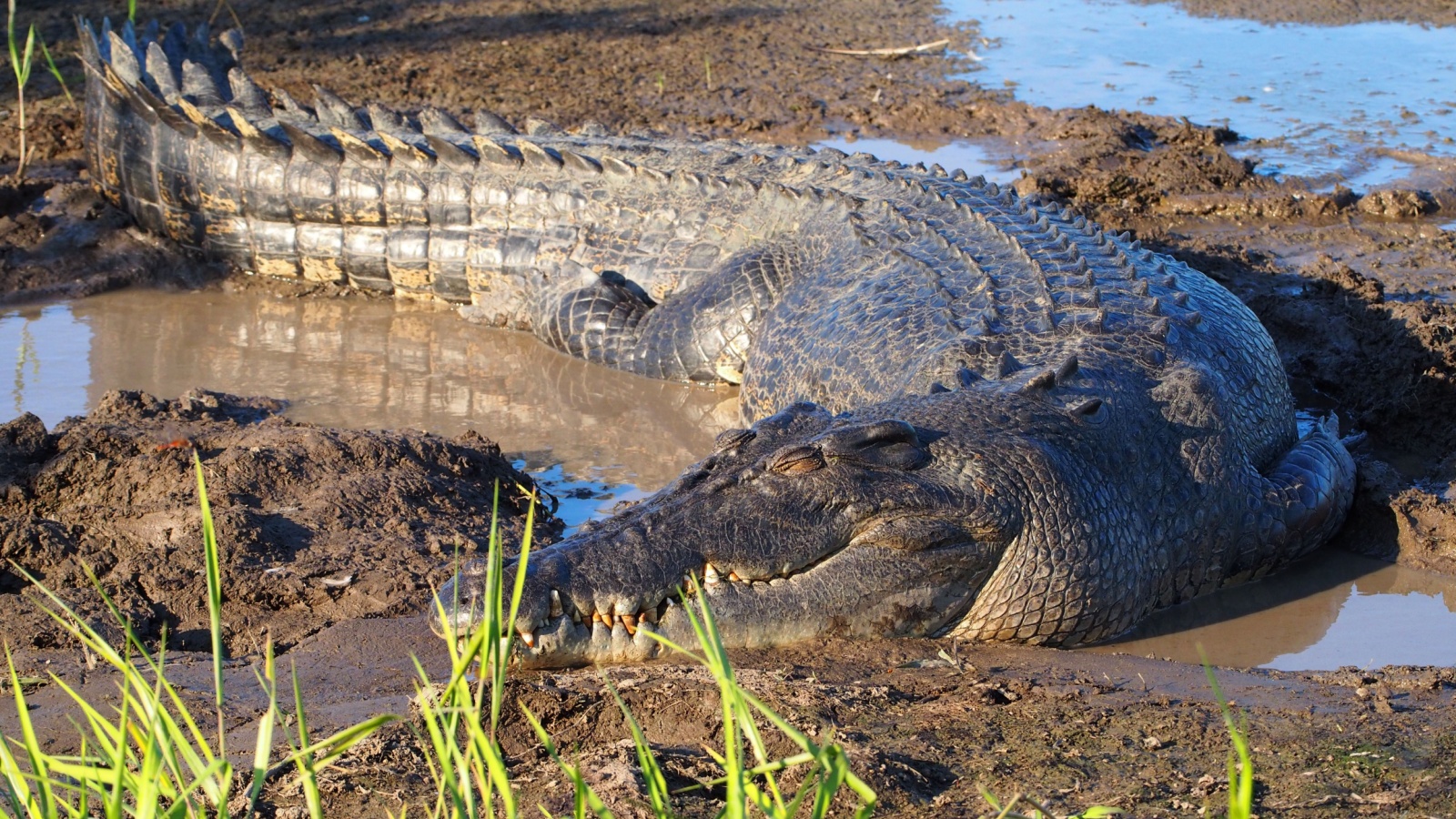
Saltwater crocodiles have special salt glands. These glands are located in their tongues.
They help the crocs get rid of excess salt that they ingest. This lets them live in both saltwater and freshwater environments.
Without these glands, they could not survive in ocean waters. This ability sets them apart from many other reptiles.
Becky is a fervent wildlife enthusiast and pet care expert with a diploma in canine nutrition. Her love for animals stretches beyond the domestic, embracing the wild tapestry of global fauna. With over a decade of experience in animal welfare, Becky lends her expertise to OutlandishOwl through insightful articles, captivating wildlife information, and invaluable guidance on pet nutrition. Her work embodies a deep commitment to understanding the intricate lives of animals and a passion for educating others on sustaining natural habitats. Becky's hands-on conservation efforts and her knack for translating complex dietary science into practical pet feeding tips make her an indispensable voice for creatures great and small.

